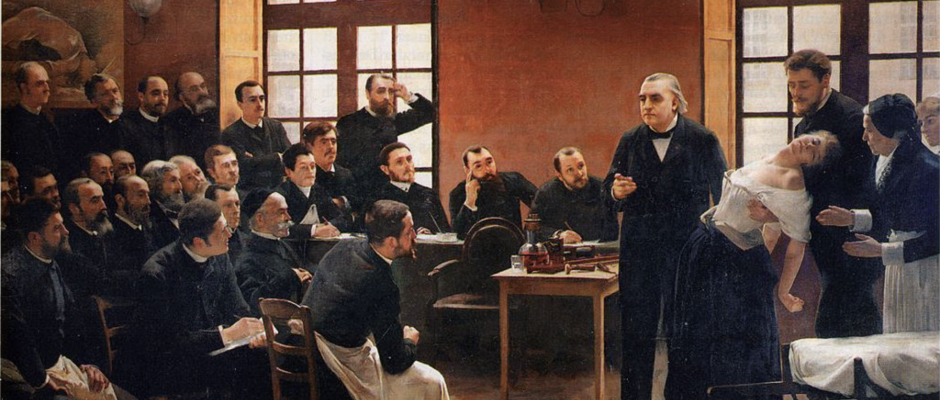ATAXIA: This movement disorder affects the part of the brain that controls coordinated movement (cerebellum). Ataxia may cause uncoordinated or clumsy balance, speech or limb movements, and other symptoms. CERVICAL DYSTONIA: This condition causes long-lasting contractions (spasms) or intermittent contractions of the neck muscles, causing the neck to turn in different ways. CHOREA: Chorea is characterized by repetitive, brief, irregular, somewhat rapid, involuntary movements that typically involve the face, mouth, trunk and limbs. DYSTONIA: This condition involves sustained involuntary muscle …
Category: Movement Disorder
A movement disorder neurologist has to see lots of strange unusual movement phenomena in their practice. Key is to isolate the individual movement fragments and assess their temporal and spatial relationships to make a sense of overall gestalt. Over years, lots of unusual movement phenomena have been reported which do not readily fit into the common types hypo-kinetic and hyper-kinetic movement phenomenologies. Some of these exotic patterns are mentioned below: The dancing larynx: This has been described as complex arrhythmical …
Like many developing nations, Pakistan has focused on General Neurology programs with a nearly complete lack of Subspecialty training. In a country of 200 million, there are hardly 160-170 neurologists. There are few subspecialty trained foreign qualified Neurologist but not a single Movement Disorders Neurologist. The solution had been for individual physicians to come to the U.S. or Europe to train. But that happens one person at a time. Dr. Danish Bhatti, M.D., assistant professor of neurological sciences, realized “that …




